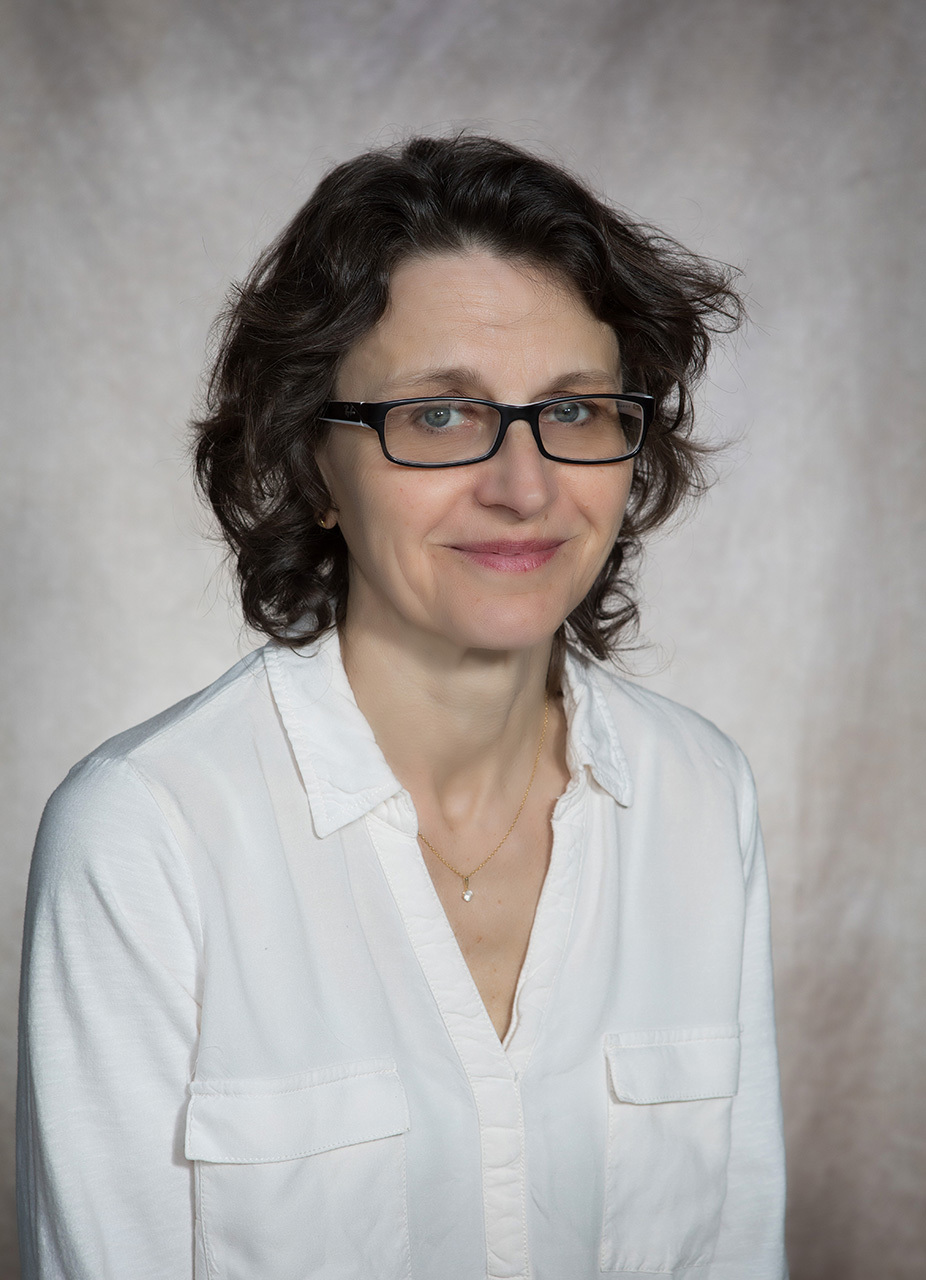- Apply
- Visit
- Request Info
- Give
Professor’s New Book Examines Stories of Suicide-Loss Survivors
Written by Jordan Corey
Published on January 17, 2019

Michèle Bacholle
Michèle Bacholle, French professor at Eastern Connecticut State University, recently published her sixth book, titled “Récits contemporains d’endeuillés après suicide,” which translates to “Contemporary stories of mourners after suicide.” Bacholle’s book is the first to examine autobiographical writings by contemporary French novelists who are survivors of another person’s suicide.
Bacholle noted that although suicide is unfortunately prevalent in modern society, it is still a stigmatized and contentious topic in the United States and France. This stigmatization often impacts those who have lost someone close to them.
“Literature has its fair share of writers who committed suicide,” she said, “but only recently – since 2000 – have French writers become increasingly open about their loved one’s suicide and started publishing about their loss and grief, breaking the taboo and allowing suicide to enter the public discourse.”
Bacholle’s book examines how literature assists people who are grieving. She highlights the lives of writers Éric Fottorino, Delphine de Vigan, Philippe Grimbert, Zahia Rahmani, Olivier Charneux and Chloé Delaume as they regrouped after loss, typically involving extensive and drastic changes. In reflection, Bacholle thoughtfully explores the unique kind of mourning that comes with suicide.
She stated: “Although most of the writers I studied asked the questions customary of that kind of mourning, such as ‘why’ and ‘what if,’ most celebrated their loved one’s life and did not let their fatal decision taint or even re-fashion their memories and the life of the deceased.”
“Récits contemporains d’endeuillés après suicide” is divided into three parts. The first part addresses the weight of family. “Fottorino’s adoptive father’s suicide allowed him to reconnect with his biological father,” said Bacholle. “Vigan wrote about her mother’s suicide to break the silence on family secrets and end suicide’s contagion, to protect her own children from secrets’ toxicity.”
The second part, focusing Grimbert’s and Rahmani’s works, touches on history, including the trauma of the Holocaust and the Algerian War of Independence, major events that caused delayed suicides. The third part considers Charneux and Delaume’s experiences of losing their fathers to suicide when they were children. “Children as suicide-loss survivors have not received much attention,” notes Bacholle. “Their mourning is quite different from that of adults.”
She continued: “These accounts not only benefit those who write them – providing them with a venue to articulate their questions, sort through and come to terms with feelings such as guilt and anger and alleviate their pain – they also benefit the suicide-loss survivors who read them and see a reflection of their own affects and questions. I also think that suicide-loss accounts can act as prevention: reading about how the pain suicide-loss survivors feel and how grief persists throughout their lives can give persons with suicidal thoughts a lifeline.”
Bacholle hopes that her book will bring a better understanding of suicide loss and prompt more conversations surrounding the subject, so that those affected by it can receive support instead of avoidance or judgement.
A book launch will be held at Eastern on Feb. 11 at 3 p.m. in the Connecticut Room of Gelsi-Young Hall. Bacholle wants readers to know that for those in need of emotional support, help is available at the National Suicide Prevention Lifeline, which can be reached at 1-800-273-8255.


